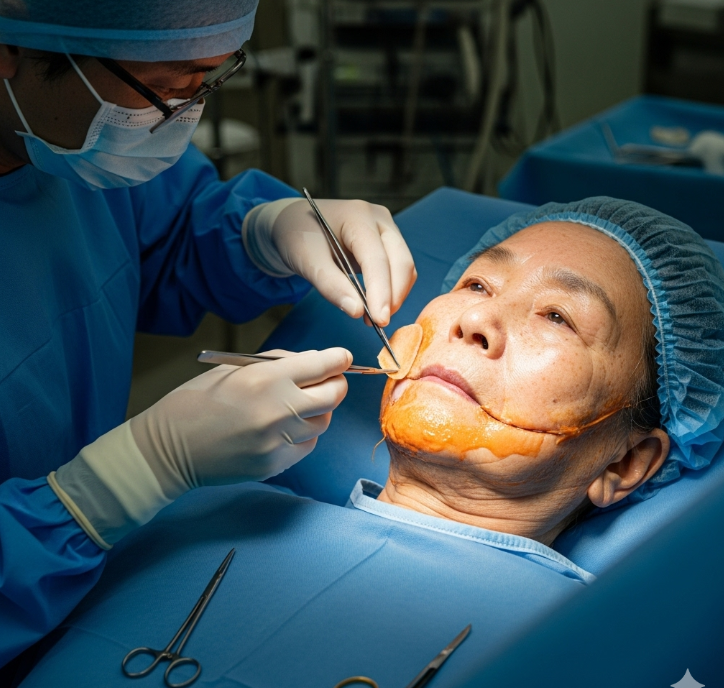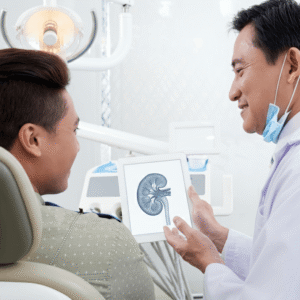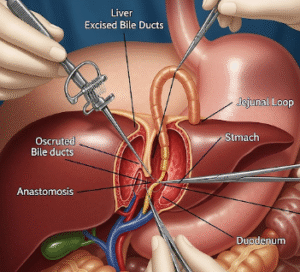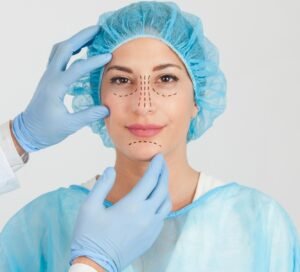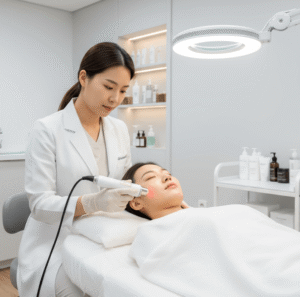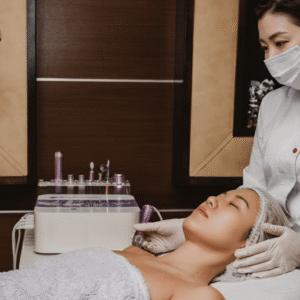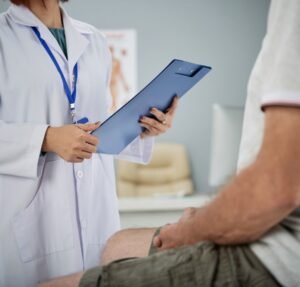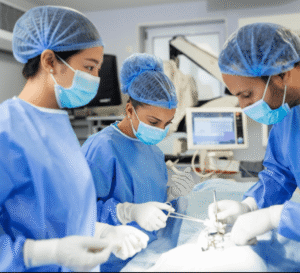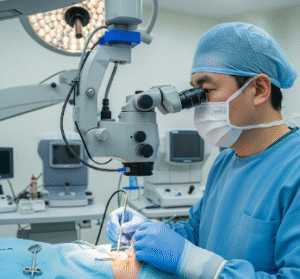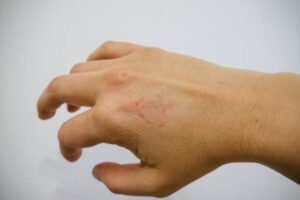What It Is
An advancement flap is a local reconstructive surgery technique in which nearby skin and tissue are moved directly forward to cover a defect, without significant rotation or transposition. Unlike skin grafts, advancement flaps keep their original blood supply, which helps ensure better survival, color match, and texture.
This method is commonly used after skin cancer removal (Mohs surgery), trauma injuries, scar revisions, or congenital defect repairs, especially in areas where maintaining natural skin characteristics is important (face, lips, eyelids, or scalp).
Why It’s Done
Patients undergo advancement flap surgery because:
- They have a wound or defect that cannot be closed with simple suturing.
- They want the repaired area to have a natural appearance with minimal scarring.
- Skin grafts are not ideal due to color mismatch or lack of thickness.
- The scar or defect is in a highly visible area and requires careful cosmetic reconstruction.
Good candidates include:
- Patients with small to medium-sized defects and good adjacent tissue quality.
- Individuals seeking both functional restoration and cosmetic improvement.
- People in good health without active infection at the site.
Alternatives
- Skin grafts: Effective for covering wounds but may not blend as naturally.
- Rotation or transposition flaps: Preferred when defects require more extensive tissue movement.
- Tissue expansion or free flaps: Considered for very large or complex defects.
Preparation
Before undergoing an advancement flap in Korea, patients will:
- Have a consultation with a reconstructive surgeon, including defect evaluation and flap design planning.
- Undergo bloodwork and routine medical checks.
- Stop smoking and alcohol 2–4 weeks before surgery to ensure good blood supply.
- Discontinue blood-thinning medications and certain supplements.
- Discuss recovery expectations, especially if the surgery is on a highly visible area.
How It’s Done
- Anesthesia: Usually performed under local anesthesia with sedation; general anesthesia may be used for larger areas.
- Flap design: The surgeon marks a rectangular or square flap adjacent to the defect.
- Tissue elevation: The flap is lifted and gently advanced into the wound.
- Closure: The flap is sutured into place, and donor tissue is closed directly.
- Duration: 1–2 hours depending on defect size and location.
Recovery
- First week: Mild swelling, bruising, and discomfort are expected. Stitches are usually removed in 5–10 days.
- Return to activities: Most patients resume normal activities within a few days to a week.
- Healing: The flap is monitored closely to ensure good blood flow and survival.
- Final results: Natural blending with surrounding skin usually occurs within 2–3 months, with scars continuing to refine over time.
Possible Complications
- Partial flap loss if blood supply is compromised.
- Temporary numbness or tightness in the treated area.
- Scarring or irregular texture.
- Rare risks: infection, delayed healing, or wound dehiscence (re-opening).
Treatment Options in Korea
Diagnosis
Korean surgeons carefully assess defect size, skin elasticity, and vascular supply. Digital imaging tools and 3D planning may be used for precise flap design, particularly for facial cases.
Medical Treatments
For very small defects, direct closure or laser resurfacing may be considered instead of flap surgery.
Surgical or Advanced Therapies
- Advancement flap for small to medium defects with nearby healthy tissue.
- V-Y advancement flap (special technique) for lip, eyelid, or fingertip defects.
- Combination with skin grafting when larger coverage is needed.
Rehabilitation and Support
- Regular follow-up appointments to monitor flap healing.
- Scar management with silicone sheets, gels, or fractional laser.
- Physiotherapy if the flap is near a joint to maintain flexibility.
- International patients receive multilingual post-op care and detailed aftercare plans in Korean clinics.

